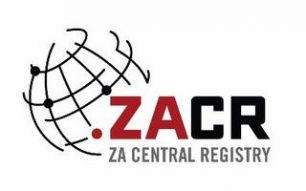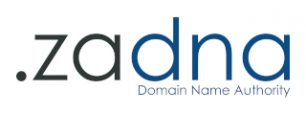Press Release:
ISPA Advises Layered Approach to Child Cyber Safety
Published on: 2021-03-10The non-profit industry representative body representing 197 of South Africa’s Internet Service Providers (ISPs) is advising the country’s parents and child guardians to adopt a multilayered approach to online safety that recognises today’s new realities.
SA’s Internet Service Providers’ Association (ISPA) says ensuring the safety of children in cyberspace requires a multilayered approach with technology being only one component.
“The relatively slow rollout of Covid-19 vaccines will see many South African parents continue to prioritise online learning and socialising in 2021,” says ISPA chair, André van der Walt. “It may no longer be possible for parents to delay giving children access to phones and tablets in their early teens,” he adds.
Just as there are necessary risks in taking children to bricks and mortar schools, there too are risks to virtual education. Online predators, cyber bullies and unsavory content are just a click away from a minimised computer screen or a muted Zoom call. The first step to mitigating these risks is to recognise they exist, as much as the predator in the van by the school gates.
It is also vital that parents spend a few minutes making sure they understand how the Internet is used by the younger generations while also actively engaging with any relevant information their school provides.
The next step is about taking tangible action in the areas of tools, behaviour and values.
While technology is indeed only one component in the fight to keep children safe online, there are today many outstanding content blockers, monitoring apps and other high-tech interventions to keep kids safe in cyberspace.
“The Internet is awash with tools to limit children’s access to inappropriate content. However, the lion’s share of technological interventions will only protect children for a limited time as they are device-specific. This means parents must accept the inevitability of their children accessing the web on unprotected devices, for example those belonging to friends whose parents may not be so proactive when it comes to child online safety,” Mr van der Walt says.
The behavioural element of the multilayered approach to online safety is concerned with such sound practices as:
- Once you have informed yourself, actively talking to your children about the risks in an age-appropriate way – how the Internet is not always a nice place, and just as in the real world, there are sometimes bad people and bad places.
- drawing up social media and Internet access contracts between parents, guardians and children of which there are many good examples for downloading online.
- committing the family’s shared norms and values to paper so that errant online and offline behaviour is easily identified.
- limiting device access in bedrooms and/or at nighttime when cyberbullying between children is much more likely to take place.
Underpinning all of the above should be a foundational layer of appropriate instilled values that will immediately alert children to negative online behaviour and content that is best avoided. Good parenting, for which is there is no technological substitute, will ensure minors will know when to switch-off, log-out and immediately call mom or dad.
“The final step in keeping children safe is for parents to continue being present, aware and involved,” concludes Mr van der Walt.
Further Information
For further information, please contact the ISPA secretariat on the Contact ISPA page.






